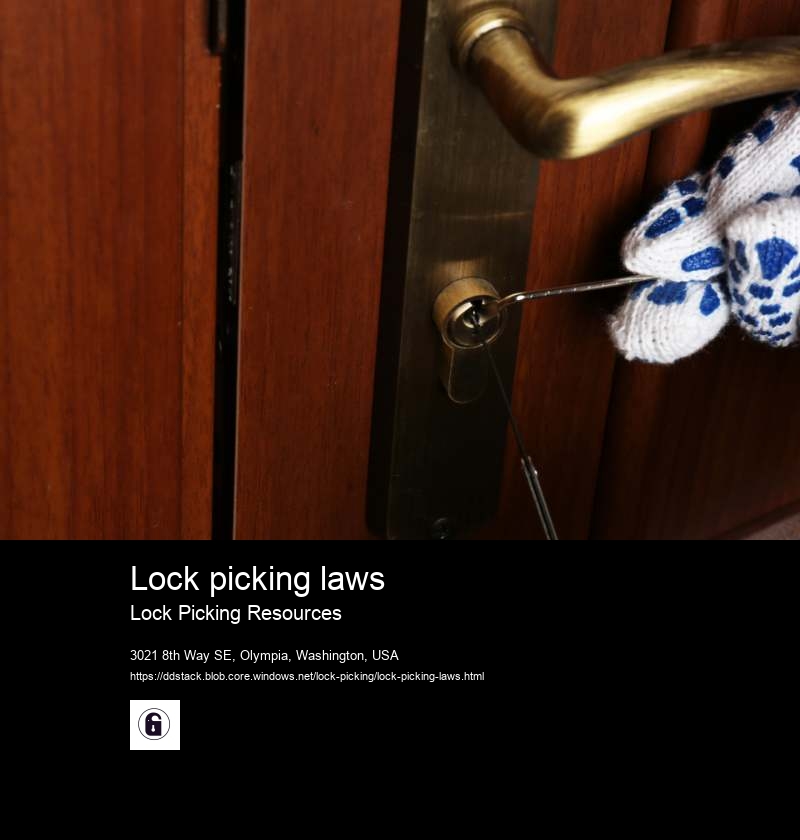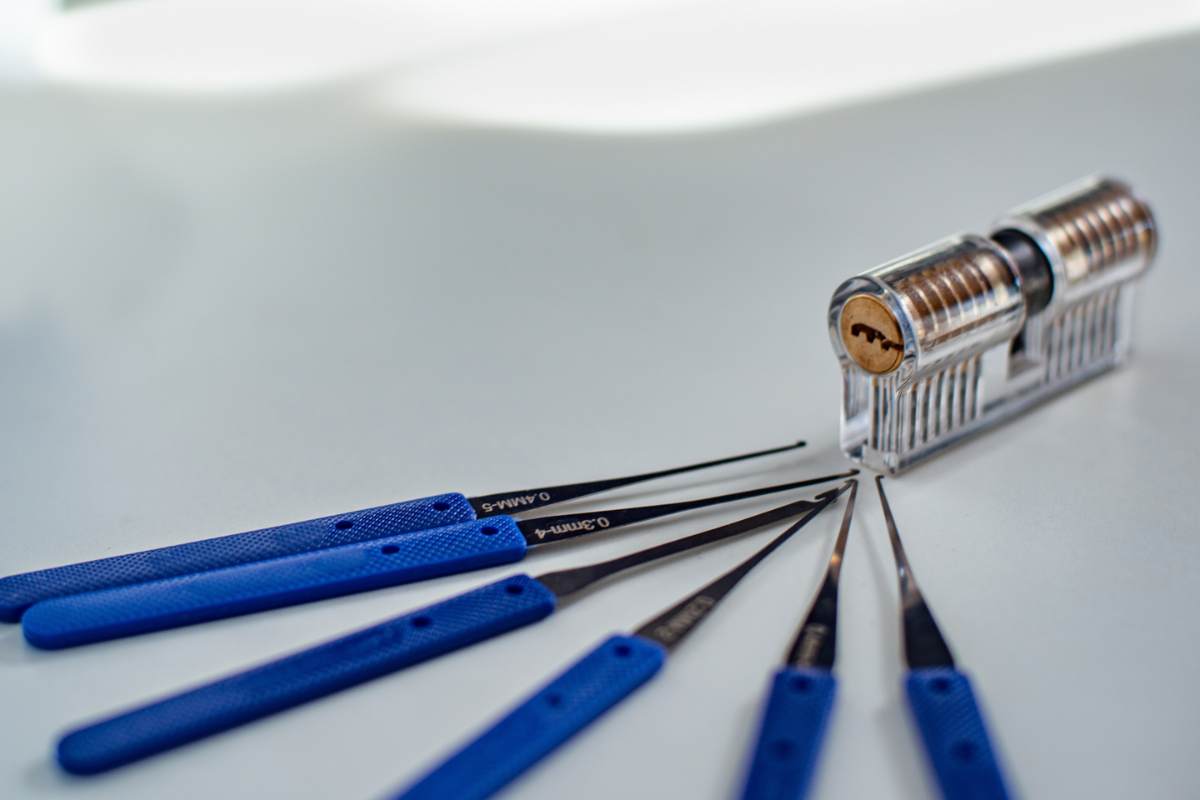Lock picking laws
What is a jimmy-proof lock?
To avoid these common mistakes, it is important to practice on a variety of locks and to take your time when picking. It is also important to use high-quality tools and to have a good understanding of the lock you are trying to pick. With practice and patience, you can become a skilled lockpicker and avoid these common mistakes.
Breaking lockpicks is a common problem for both beginners and experienced lockpickers. Fortunately, there are several tips that can help you avoid breaking your lockpicks:
Use high-quality picks: Using high-quality picks that are made from durable materials can help prevent them from breaking during use.
Lock picking laws
What is a jimmy-proof lock?
Avoid using too much force: Applying too much force when picking a lock can cause your picks to bend or break. Instead, use a gentle touch and rely on feedback from the lock to guide your picking.
Choose the right pick for the job: Using the wrong type of pick for a particular lock can cause the pick to bend or break. Make sure you choose the right pick for the job.
Use lubrication: Applying a small amount of lubricant to the lock can help reduce friction and prevent your picks from breaking.
Practice good technique: Good technique involves using a steady hand and a light touch when picking locks. Avoid jerky movements or sudden twists that can cause your picks to break.
What is a rim lock?
Know when to stop: If you encounter a lock that is particularly difficult to pick or you feel resistance that might cause your picks to break, it is better to stop and try again later.


How does a rim lock work?
It's important to note that using a hook pick takes practice and patience. The hook pick needs to be maneuvered carefully around the pins, and too much pressure or too little pressure can prevent the lock from opening. Be sure to remain focused and adjust the amount of pressure on the tension wrench and the hook pick as needed to successfully pick the lock.
Using a diamond pick is a common technique in lock picking that is easier to use than a hook pick and is often preferred by beginners. Here are the general steps for using a diamond pick:
Insert the tension wrench: The first step is to insert the tension wrench into the bottom of the keyway and turn it gently in the direction that the lock would normally turn to open. This creates tension and allows the picker to feel for the binding pin.
What is a cam lock?
Identify the binding pin: Use the diamond pick to gently insert it into the lock and wiggle it back and forth. This will allow the flat edges of the diamond pick to push up on the pins and lift them to the correct height. As you wiggle the pick, you should feel for the pin that is binding and requires more pressure to move.
Apply pressure: Once the binding pin is identified, apply gentle upward pressure to it with the diamond pick. Be careful not to use too much pressure or you could damage the pin or break it.
Release tension on the wrench: Release a small amount of tension on the wrench while maintaining pressure on the binding pin. This will allow the pin to set at the correct height without being pushed back down by the other pins.
Repeat: Continue to repeat the process, wiggling the diamond pick and applying pressure to each pin until all of the pins are set to the correct height and the lock can be turned and opened.
What are some common mistakes to avoid when lockpicking?
It's important to note that using a diamond pick still requires practice and skill. The amount of pressure to apply will vary depending on the lock, and too much or too little pressure can prevent the lock from opening. Be sure to remain patient and focused throughout the process, and adjust the amount of pressure on the tension wrench and the diamond pick as needed to successfully pick the lock.
A half-diamond pick is a type of lock picking tool that is similar to a diamond pick, but with a slightly different shape. It is named after its shape, which is a diamond shape that has been cut in half, resulting in a shorter and more compact tool.
The half-diamond pick is typically used for single pin picking, and it is especially useful for locks with smaller keyways, such as those found on padlocks or cabinet locks. The pointed end of the half-diamond pick can be used to maneuver around the pins and lift them to the correct height.
What are some tips for avoiding breaking lockpicks?
Like other lock picking tools, the half-diamond pick requires skill and practice to use effectively. It is important to apply the right amount of pressure and use the right technique to lift each pin, and to adjust the tension wrench as needed to ensure that the pins stay in place once they are lifted.
Overall, the half-diamond pick is a versatile tool that can be used to pick a wide variety of locks, and it is a useful addition to any lock picker's toolkit.
A snake rake pick, also known as a C-rake or a zig-zag rake, is a type of lock picking tool that is designed to quickly and easily rake multiple pins in a lock at the same time. The snake rake pick is shaped like a long, thin, wavy line, with several small peaks and valleys along its length.
